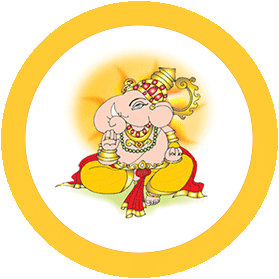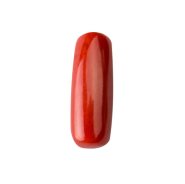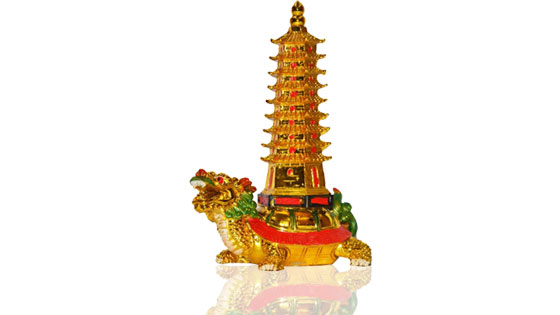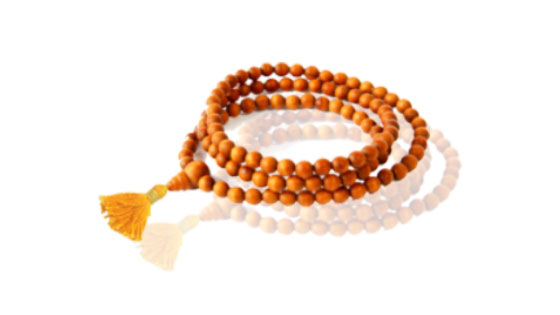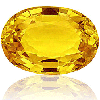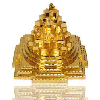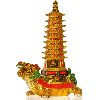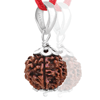Diwali 2012 Date

Diwali 2012 date is 13th November. Normally according to the Hindu calendar the festival of Diwali, which is celebration of truth and light is celebrated on a nation-wide scale on Amavasya, the 15th day of the dark fortnight of the Hindu month of Ashwin (Aasho), which is usually the month of October or November every year. Here are list of dates for the coming Five years of Diwali Festival.
Diwali is basically celebrated on grand scale by the Hindus world over. And the customs of wearing new garments and gears and exchanging gifts and greetings have come to be associated with Diwali, probably because of this of New Year celebration. Accordingly most of the traditions of a New Year celebration are all present. The four days of Diwali are as follows:
Dhanteras
It is wonderful autumn and is an important time when Indians celebrate various joyful festivals with delight. One of the magical festivals during autumn is Dhanteras which is solely dedicated to the worship and celebration of Lakshmi, the deity of wealth. Two days long Dhanteras mark the onset of the stunning and colorful carnival of Diwali. The fiesta typically comes each year in the thirteenth lunar day of Krishna Paksha according to the Hindu month, Ashwin (October / November).
The significant occasion is a period when businessmen of India pay tribute to the deity of wealth with the desire of prosperity and successful journey of lives. However, jewelers are the people who celebrate the carnival in most ostentatious and noteworthy style. Decorations and renovations of homes and business entities are on the cards. Women observe the occasion wearing new and expensive ornaments. They bedeck their homes with stylish rangolis and welcome the deity with small footprints of Devi lakhmi. People light diyas and lamps to shed the darkness of poverty. Neighbors and relatives get together and share sweets.
Choti Diwali
Choti Diwali or small diwali is celebrated on the auspicious day before Diwali. Choti Diwali is celebrated in a smaller scale. However, lights all around make the festival a special one. Few crackers are burnt on this fastidious occasion. The entryways and courtyards of every home look awe inspiring due to the wonderfully designed rangolis. Small footprints of Devi Lakshmi are drawn with rice pastes. The worship of Lakshmi and Rama are quite common in Hindu households during Choti Diwali. Aarti is one of the major attractions along with the songs in honor of the deity.
Lakshmi Puja
On the third day of Diwali, Hindu households prepare to welcome the deity of wealth and prosperity to their homes. The worship of the deity continues with small diyas and oil lamps, placed around every corner of the home. It is believed that the deity believes in tranquility and peace. So, it is recommended not to burn crackers, especially which create sound pollutions. Hindus believe that the deity comes with peace and good luck. Every household worships the deity and asks her to stay back in the home with success and prosperity.
Padwa and Govardhan Puja
Padwa or Varshapratipada, falls on the fourth day of Diwali. It is popularly known as Govardhan Puja in North India. The states of Punjab, Haryana and Uttar Pradesh celebrate the occasion with enthusiasm and fervor. According to the conventions, ritual of building cow dung hillocks is the prime task. It signifies the Mount Govardhan which was lifted by Lord Krishna according to the mythological tale. The wonderful looking hillocks are decorated with the flowers and are worshipped as the Lord Govardhan. The fragrances of the flowers create a majestic atmosphere around.
Bhai Dooj
Bhi Dooj, the magical occasion which ties the whole family with the love and affection, is celebrated after two days of Diwali. The festive occasion represents striking Indian cultures and traditions. The processes of celebrations vary with the regions of India. However, the concept is same all over the country. It is based on the mythological notion.
Even though the stage of celebration and worship remains identical for the Bhai Dooj and Diwali but definitely the connotations differ. It's an occasion to strengthen the love and affection between sisters and brothers. Sisters specially decorate their Puja Thali with sweetmeats and other foods. They light up the diya for performing the rituals. Every member of the family congregates in the Puja room and they take part in the celebration along with the sisters. After that, Sisters apply Tika on the forehead of the brothers and wish for good health of their brothers. Now, it's time for the brothers to have some foods.
Married women also don't want to miss the occasion. They visit to their brother's place to celebrate the occasion with their brothers and family. Exchanging greetings and sweets are common. Brothers also wait for this occasion eagerly and welcome their sisters at home. Even though exchanging gifts are not mandatory but usually this is done to remember the absorbing and fabulous celebrations on Bhai Dooj. The impressive and inspiring occasion is celebrated in every Hindu household now.
Astrological services for accurate answers and better feature
Astrological remedies to get rid of your problems
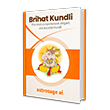
AstroSage on MobileAll Mobile Apps
AstroSage TVSubscribe
- Horoscope 2026
- राशिफल 2026
- Calendar 2026
- Holidays 2026
- Shubh Muhurat 2026
- Saturn Transit 2026
- Ketu Transit 2026
- Jupiter Transit In Cancer
- Education Horoscope 2026
- Rahu Transit 2026
- ராசி பலன் 2026
- राशि भविष्य 2026
- રાશિફળ 2026
- রাশিফল 2026 (Rashifol 2026)
- ರಾಶಿಭವಿಷ್ಯ 2026
- రాశిఫలాలు 2026
- രാശിഫലം 2026
- Astrology 2026








